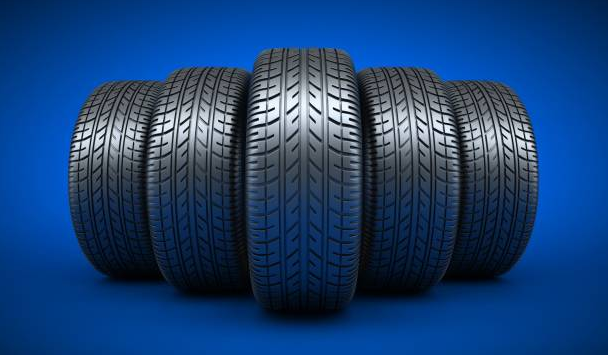Tire brands differ by stages of wear, tread pattern or design, braking performance, weight, and even performance. While using different brands of tires in a car isn’t new, most tire manufacturers advise against it because it can affect the handling and overall driving experience in a negative way.
But it goes beyond these. The reality is that all tire brands don’t track the same, so using different tire brands in a car would be like fighting the steering.
But when you have the same tire brand and model in all four tires, you have the same tread pattern and healthy performance. Meanwhile, those who use different tire models or brands in their vehicles do so for a reason.
In this post, we will look at the pros and cons of mixing different brands of tires and other relevant factors that connect to this situation.
Table of Contents
Pros and Cons of mixing different brands of tires
Mixing different tire brands would benefit high-performance vehicles. Regardless, these perks aren’t as great as the downsides. It is best not to mix tire brands if you use SUVs or cars for city or highway driving.
As we look into these pros and cons, we also need to touch on the fact that different tire brands use varying rubber compounds and tire technologies, some of which aren’t ideal for local driving conditions.
| PROS | CONS |
| Can improve fuel efficiency | Reduced fuel economy |
| It can help carry heavier loads | Lower ride quality and handling are |
| likely to increase braking performance. | Reduced braking performance |
| Can make the vehicle swifter | Increase in NVH levels (noise, vibration, and harshness) |
| Unequal tread wear | |
| Reduced Pick-up | |
| Unsatisfactory loading performance | |
| Wheel alignment and balancing problems |
The chart clearly shows that mixing tires has more problems than advantages. It is best to stick with the same brand for all four wheels for a regular car tire replacement, as this will ensure consistent performance.
What if you absolutely must mix different tire brands?
Lack of availability or financial constraints may leave you only one choice to mix and match different brands of tires. You can do so in such a case, but make sure you fit a pair of tires with the same tread pattern and brand across the same axle.
This will help minimize the risk of mixing and matching contradicting tire brands. So when you have a pair of identical tire brands on the rear axle and then consider their speed ratings and similar parameters, you can drive with fewer worries.
What about mixing and matching tires with different tread depths?
There is nothing wrong with mixing different tread depths for each wheel axle. For instance, the two tires you are replacing can have deeper tread depth than the other. So, it would help if you fit the new tires into the car’s drive wheels.
The essence of this change is to ensure improved grip while driving, and then the wheels can perform better during oversteer conditions, slippery terrain, or loss of vehicle stability.
Should tires on all four wheels have the same pressure?
The size and weight of the vehicle you drive will determine what amount of pressure your tire requires.
You can find the recommended tire pressure for your vehicle on the panel inside the driver’s-side door.
Whatever pressure the vehicle manufacturer specifies for your tires, it means that all of your tires should be pumped to the same pressure. If the manufacturer specifies, you should only put more pressure on the front tire than on the back.
What should I do when replacing only two tires?
It is common knowledge among long-time car owners that the front axle tires wear faster than the rear. So you will often replace the two tires at the front. In such a situation, you are replacing two tires at a time, which means you should use the same brand.
However, the same tire may be unavailable at that moment. You could use a similar tire from the same brand that is consistent with your vehicle’s tire specification.
If for any reason, you buy a tire that does not match what your vehicle specifies, then you should drive on those tires temporarily.
Soon enough, it would help if you considered replacing all four tires with one of the same brand and an identical model to ensure consistent performance.
Furthermore, remember to rotate the tires regularly to improve their longevity, as front tires wear out faster than rears. (it still depends on whether your car is front or rear-wheel driven)
My final recommendation
I recommend you refrain from mixing and matching tires of different brands for your car, even if it means a different brand on the two front wheels or different brands on the two back wheels.
Remember that each tire type has different water dispersal characteristics that may pull your car in one direction.
However, lack of availability or budget constraints can leave you with no option but to mix and match.
I’ve been there.
So, it would make sense to want to compromise. Even when you do, ensure it is a temporary solution. At the very least, you should have tired of the same wear on the same axle, and I recommend you always put your best pair at the front because that is where you steer from and where 70 percent of your braking occurs.
Also, the best tires should be on the front axle because they will help reduce aquaplaning and loss of steering in wet conditions.

